| Sorted by date | |||
page196from Nordic Architects Writes
The Meditation Grove on the hill is an
image of hope and resurrection. Gunnar Asplund and Sigurd Lewerentz, The
Woodland Cemetery, Stockholm, 1915/1932
“House,
even more than the landscape, is a psychic state”, Bachelard suggests.23
Indeed, writers, film directors, poets, and painters do not just depict
landscapes or houses as unavoidable geographic and physical setting of the
events of their stories; they seek to express, evoke and amplify human emotions
mental states and memories through purposeful depictions of settings, both
natural and man-made. “Let we architects rarely bother to imagine what happens
behind the walls we have erected. The walls conceived by architects are usually
mere aestheticized constructions, and we see our craft in terms of designing
aesthetic structures rather than evoking perceptions, feelings and fantasies.
Artists
seem to grasp the intertwining of place and human mind, memory and desire, much
better than we architects do, and that is why these other art forms can provide
such stimulating inspiration for our work as well as for architectural
education. There are no better lessons of the extraordinary capacity of
artistic condensations in evoking microcosmic images of the world than, say,
the short stories of Anton Chekhov and Jorge Luis Borges, or Giogio Morandi’s
minute still lifes consisting of a few bottles and cups on a table top.
|
|||
|
|||
|
|
Readingroom from Wu Huiping
1/11Go to Page:
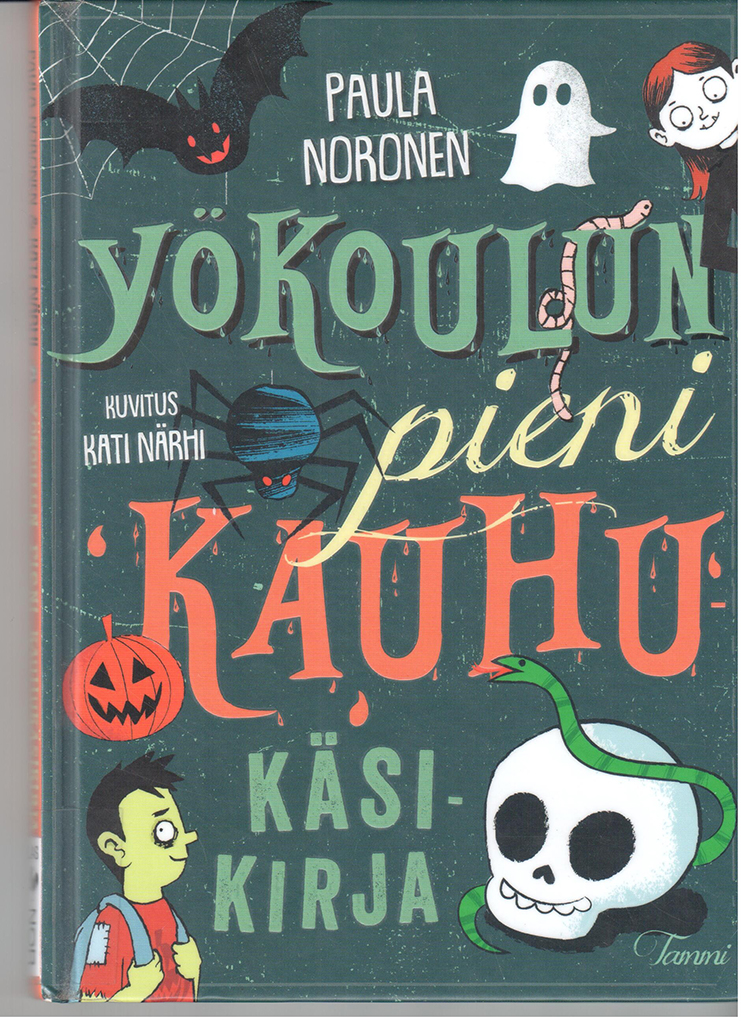 ... ...
... ... ... ...
... ... ... ...
... ...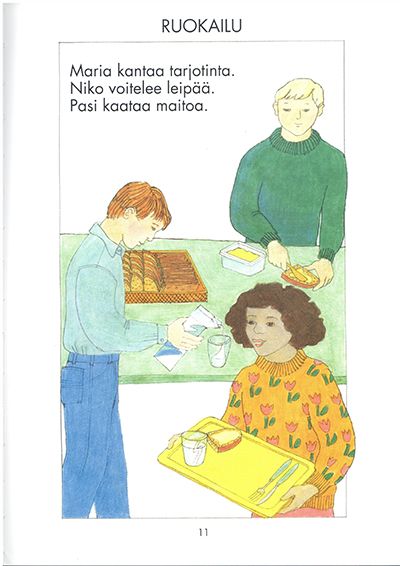 ... ...
... ...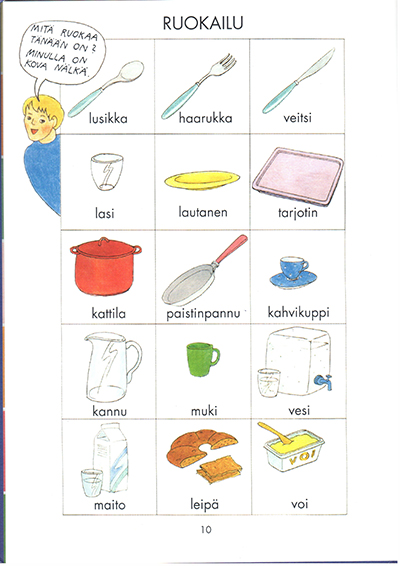 ... ...
... ...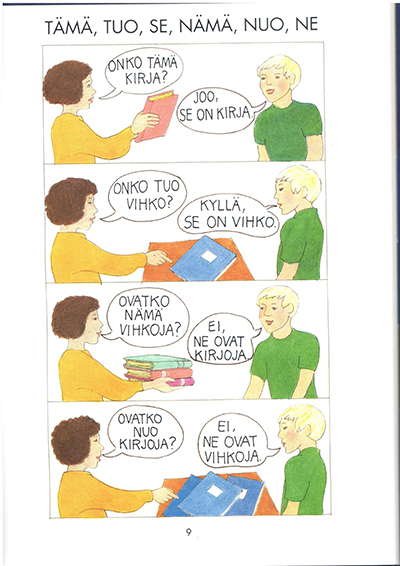 ... ...
... ...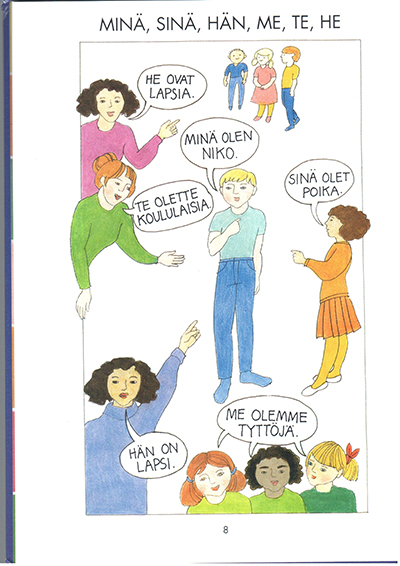 ... ...
... ...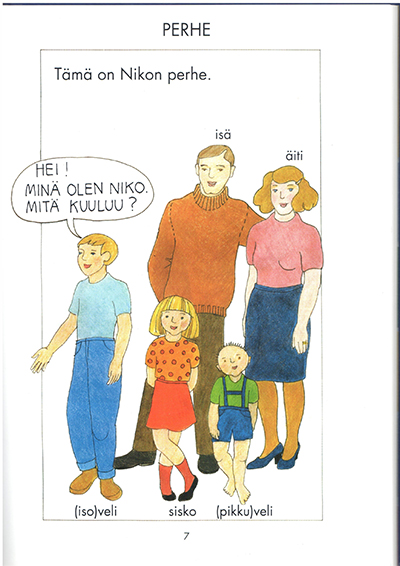 ... ...
... ... ... ...
... ...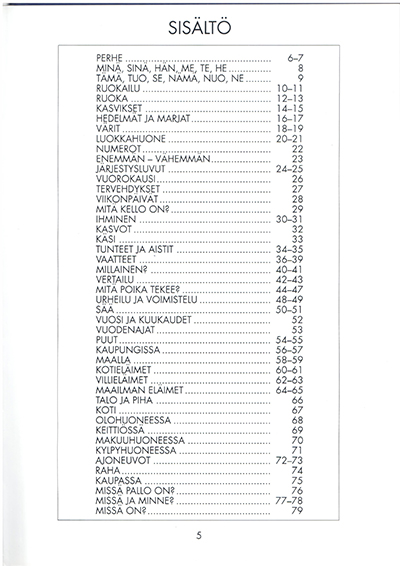 ... ...
... ... ... ...
... ... ... ...
... ...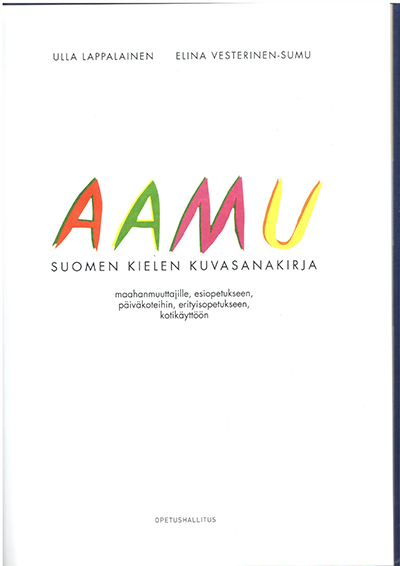 ... ...
... ...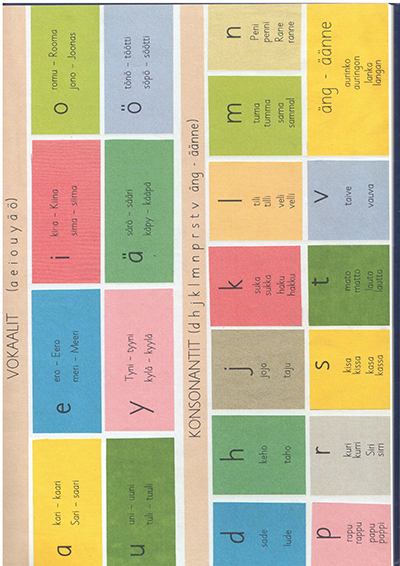 ... ...
... ...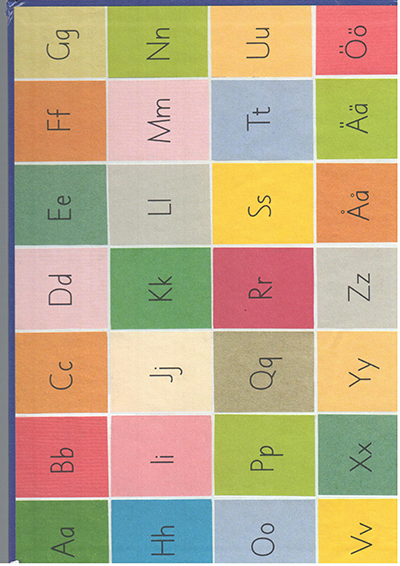 ... ...
... ...